- 🏘️ A zoning change from R-E to R-2 near Monte Cristo and Russell would increase housing density by up to 5 times.
- ⚠️ Wayne Newton and local residents oppose the development, citing risks to rural culture and overstrained infrastructure.
- 🚧 Development threatens rural Las Vegas neighborhoods, which are losing unique traits due to expanding high-density projects.
- 🔎 Median Las Vegas home prices have risen to $450,000, pushing builders toward affordable development on rural land.
- 🗣️ Public input prior to zoning approval is critical; decisions made after the fact often leave residents with few options.
Las Vegas is growing past its city limits and moving into rural areas. This has caused disagreements between developers, older residents, and local officials. A plan for new homes near Monte Cristo Way and Russell Road is a main point of concern. People worry about city growth without enough limits, new zoning rules, and the loss of rural Las Vegas neighborhoods. Can the city grow while keeping horse trails and open spaces, and still make enough affordable homes?
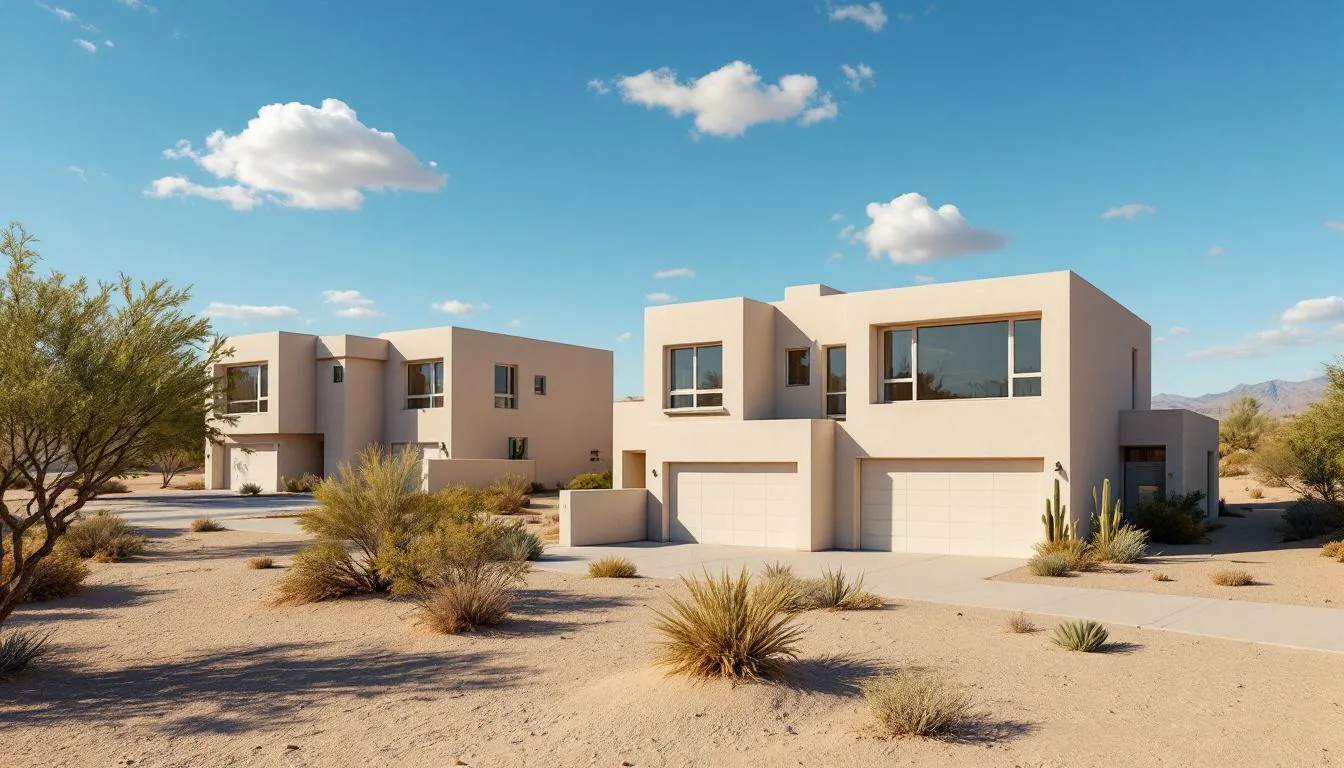
Proposed Development Details Near Monte Cristo and Russell
The main issue is a plan to build over 200 new two-story homes on about 60 acres in the southwest Las Vegas Valley. This site, near Monte Cristo Way and Russell Road, currently has large properties. These are common in rural Las Vegas, with big lots, horse corrals, and quiet desert space.
Developers want to change the zoning from R-E (Rural Estates Residential) to R-2 (Medium Density Residential). This would change the land from allowing homes on half-acre lots to allowing homes every 3,500 square feet. This is a big change; it could allow almost five times more homes per acre than allowed now.
This spot is in an area with big rural lots. The new development would surround homes that have been there a long time. Many of these were built there on purpose for a country feel, away from the busy Strip. The planned change makes residents feel trapped. It has caused strong protests on community boards, social media, and at official zoning meetings.
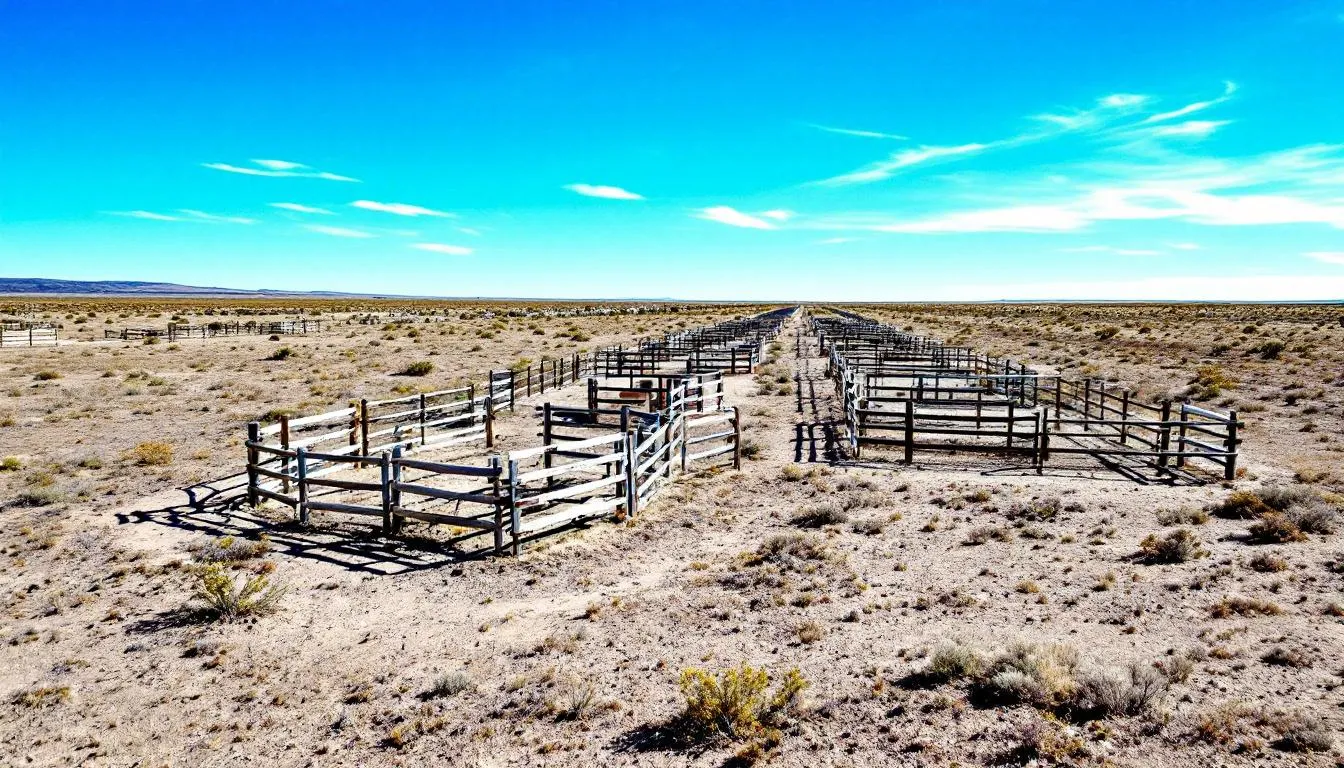
Zoning Change Las Vegas: Rural to Medium-Density Explained
To understand what this project means, we need to look closely at the details of how zoning changes work in Las Vegas.
In Clark County, zoning codes control how much land can be used. R-E zones were made to keep a rural feel with lots of open space. R-E allows separate, single-family homes on half-acre lots or larger. This is a common choice for many who move away from central Las Vegas for more space, and often for horse privileges.
Switching to R-2 zoning makes things much tighter. It reduces lot sizes to as small as 3,500 square feet. This means almost 12 homes per acre, depending on how the lots are set up and what extras are included. For nearby homeowners, this increase brings worries about how things look and how traffic will be. It also feels like a threat to their investments and way of life.
Once approved, such zoning changes can make it easier for more crowded building. Developers look at nearby properties to change them the same way. This starts what residents call “the encroachment effect”—a slow, steady loss of rural Las Vegas neighborhoods to subdivisions and strip malls.
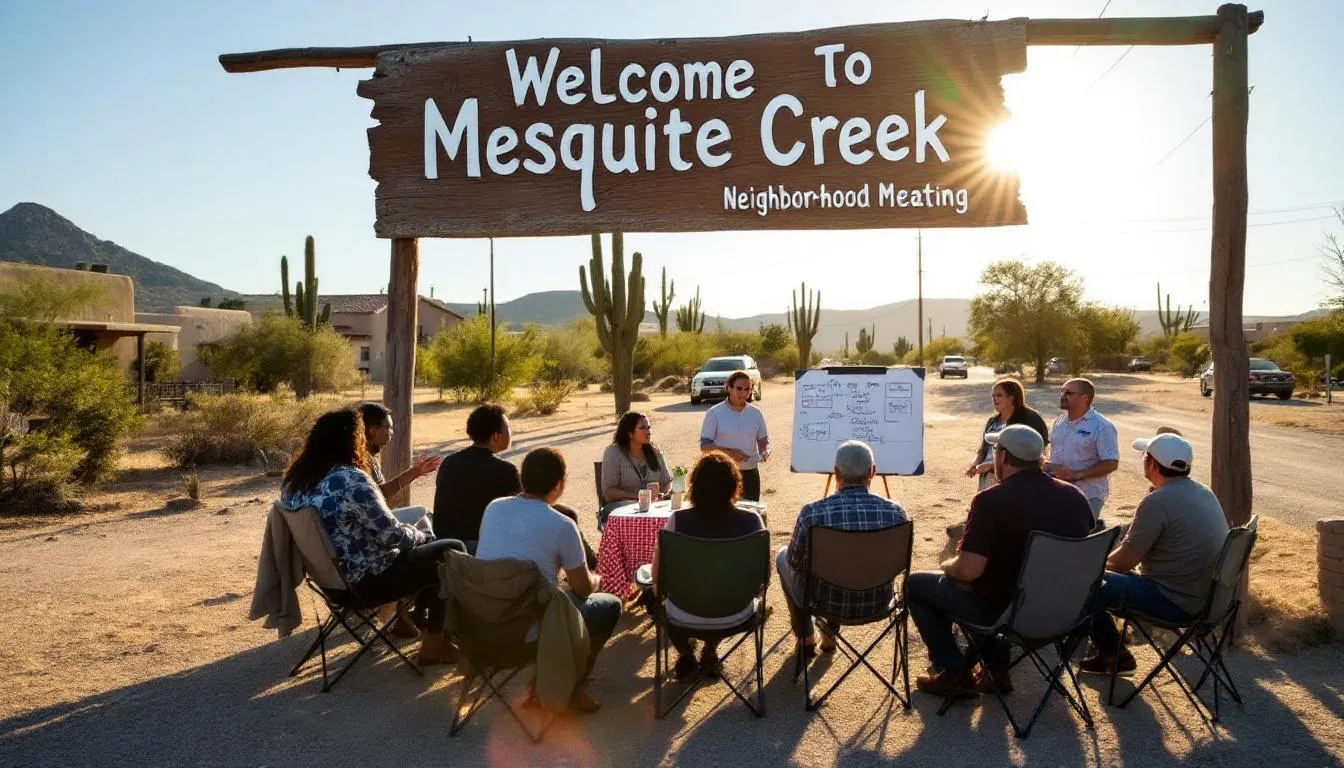
Resident Pushback: A Lifestyle Under Threat
Residents living in Southwest Valley have spoken up loudly at Clark County Planning Commission meetings and online forums. Their main complaint is the loss of lifestyle that brought them to these outer areas in the first place: peace, privacy, and public horse trails.
Worries include:
- 💡 Loss of open land and pasture.
- 🚗 More car traffic on roads not built for a lot of homes.
- 🚒 Stress on emergency services located miles away from new groups of people.
- 🧒 Overcrowded schools without enough space or teachers for many new students.
- 🏇 Problems for horse zoning and riders.
Also, Wayne Newton, a long-time Las Vegas performer who lives near the proposed site, has spoken publicly against the development. "We moved out here to find space. Piling houses one on top of the next changes everything about why people chose this community," Newton said during a community event. His celebrity may get media attention, but his feelings show how many neighbors worry. They feel ignored in the face of forced city growth.
Community members have also pointed out how fast these plans move forward. A common complaint is that people living there don't know enough about rezoning applications and public comment deadlines. This limits their ability to get together or respond well before approvals are handed down.
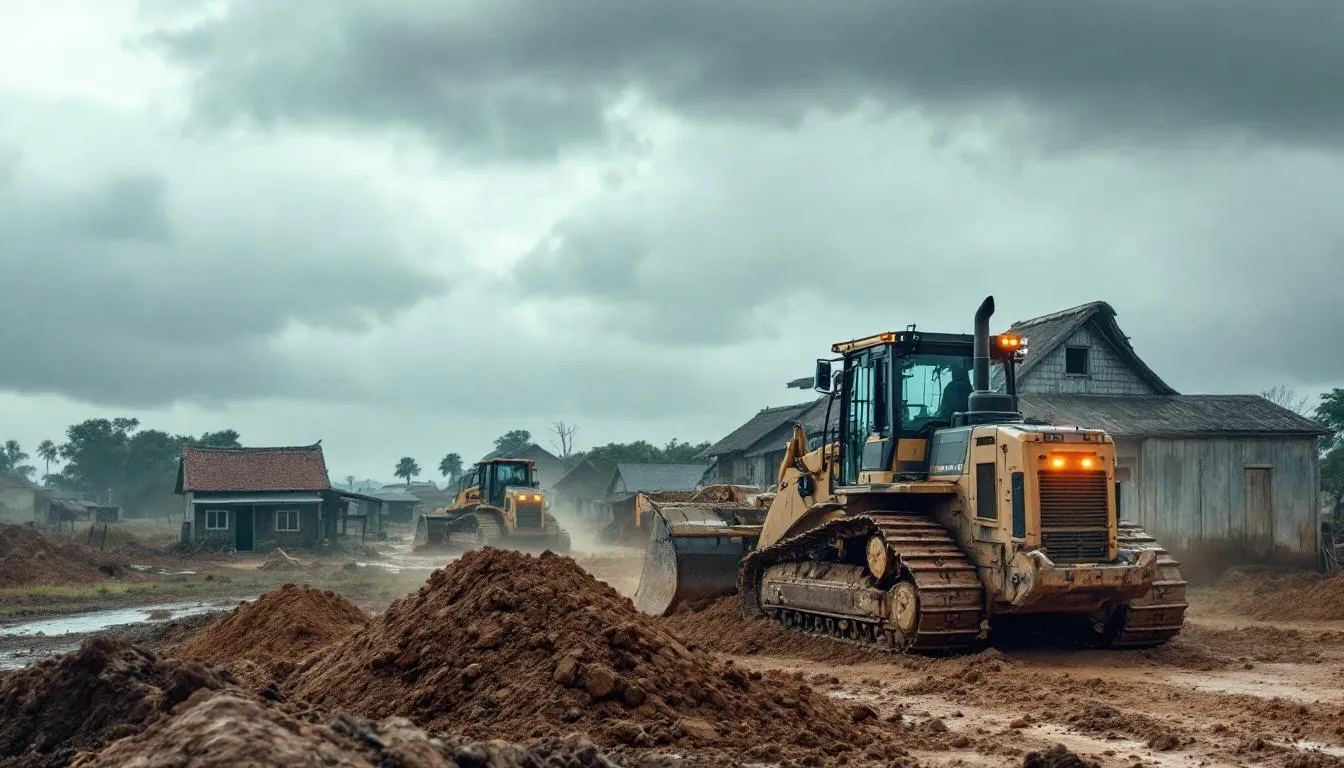
Rural Las Vegas Neighborhoods in Retreat
The Monte Cristo situation is not the only one. Across Clark County, rural Las Vegas neighborhoods are slowly disappearing because the city keeps growing.
Real estate broker and developer Steve Hawks notes, “We’ve seen this trend for the last 15 years—builders looking for land. It’s no longer about location, but availability.” This means any piece of land not yet turned into city—even if zoned rural—is open for building new neighborhoods, if developers can get the zoning changed.
This kind of building leads to these changes:
- 🌄 Fewer horse-friendly communities near Las Vegas.
- 🔨 More building on outer properties that don't have proper water, power, and roads.
- 🏚️ Rising home prices in rural areas that used to be cheap.
- ☠️ Loss of special cultural and natural areas.
What made rural Las Vegas neighborhoods special—specific zoning rules, good mountain views, easy-to-reach trails—are being replaced with plain suburban growth. This is all to build more homes. Many long-time residents worry their communities will lose their special character and charm if more building happens.
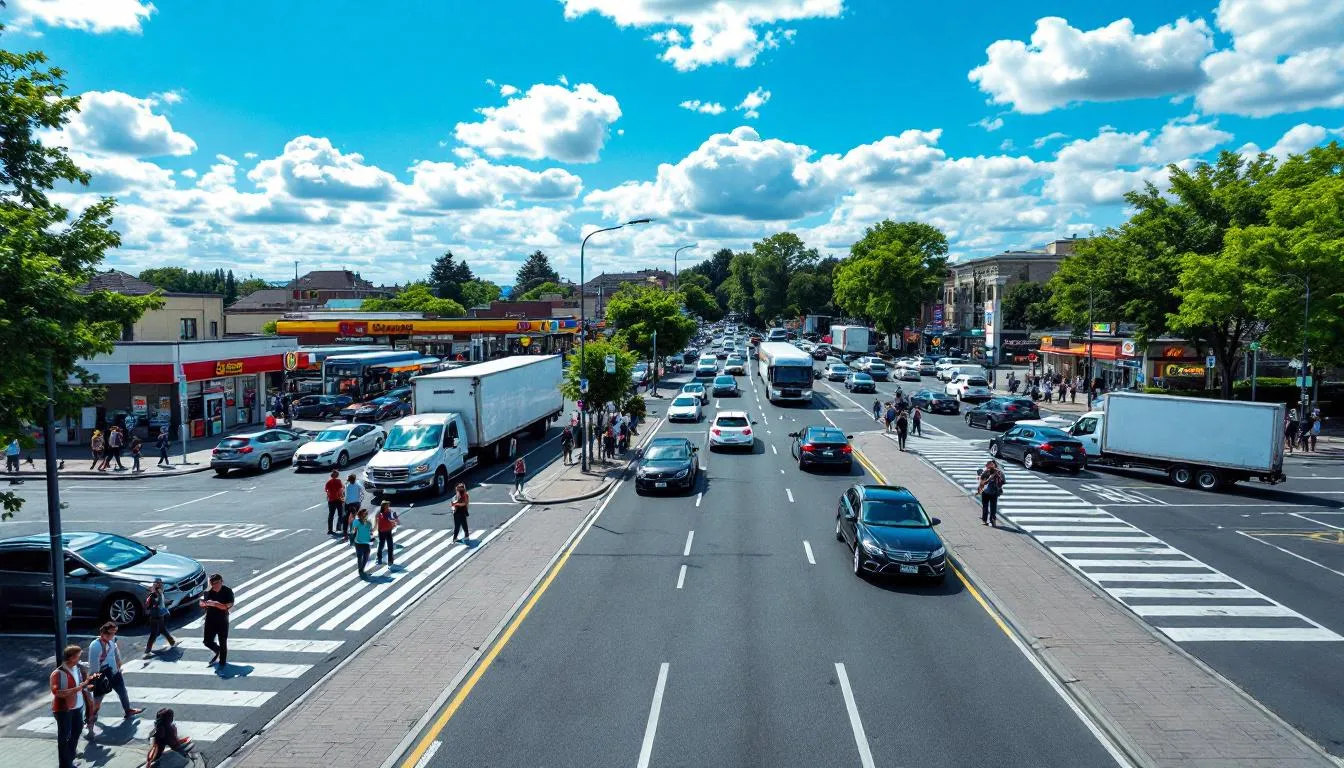
Infrastructure Challenges from Rapid Expansion
Big building projects don't happen alone. They put a lot of strain on the existing services, and the Las Vegas housing project near Monte Cristo and Russell is the same.
Local government and community groups have warned about several infrastructure problems:
- 🛣️ Traffic: Roads like Russell and Buffalo Drive already have more cars. Adding over 200 homes could make traffic much worse, especially during busy times.
- 💧 Water: Southern Nevada's water resources are already limited. Adding new neighborhoods makes that worry bigger.
- 🚨 Emergency Response: Fire and ambulance services in rural Las Vegas are slower than in city areas. More people will need quicker help.
- 🏫 Schools: Clark County School District has said nearby schools are full, especially for younger students.
These issues are often brought up too late in the planning process. Developers often suggest fixes—like extending sewer lines or paying school impact fees. But it's a big question if those things will happen at the same time as building or much later.
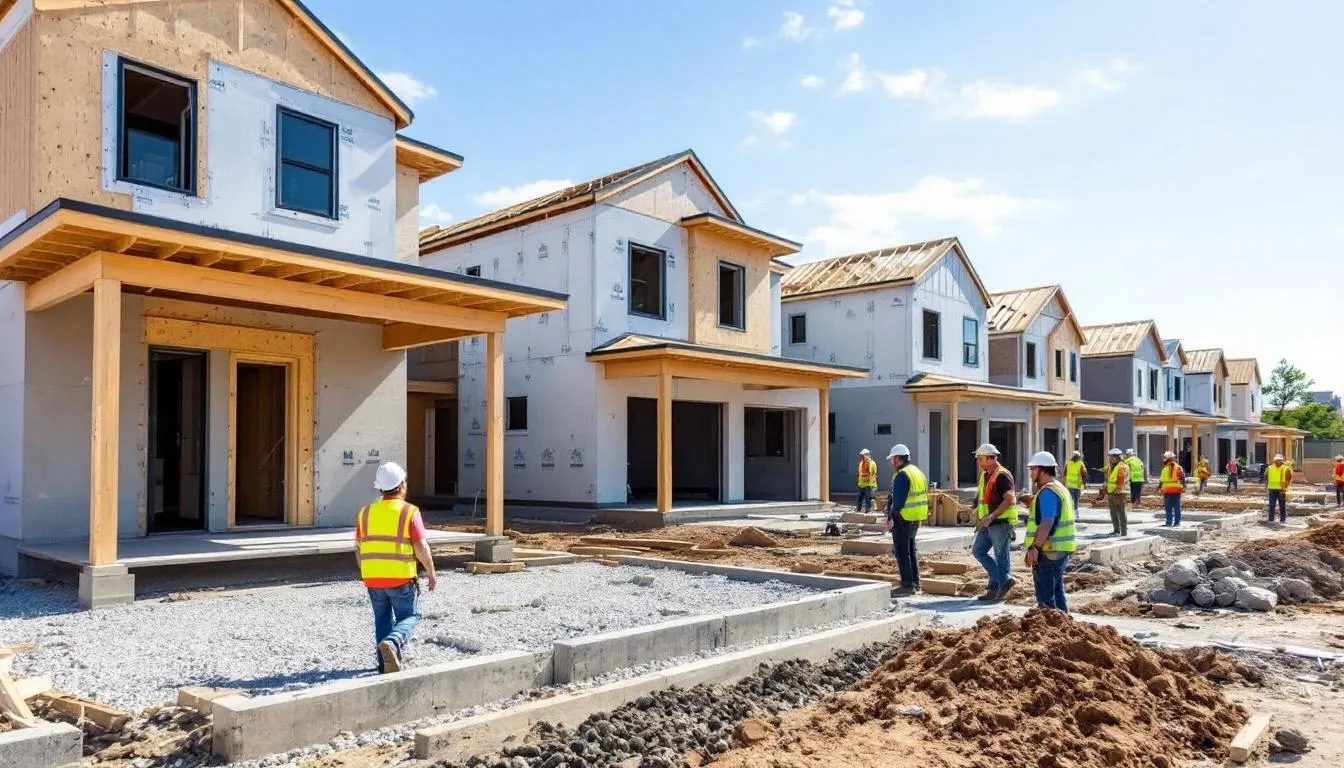
The Developer’s Motivation: Economics Over Exclusivity
From a money point of view, why developers want zoning changes is clear. Building more homes per acre gets developers the most money back. Each new home added to a project spreads the building costs—like roads, sewer lines, and utility hookups. This makes the profit for each home much higher on projects with more homes per acre.
For developers, the promise of low-cost land in Las Vegas’s outer rural areas is hard to resist. Building in central suburban areas is now too expensive because land costs a lot and there isn't much available. So, they look to the rural edges. These areas are cheaper, have fewer zoning problems (right now), and have room for bigger builds.
This isn’t done with bad intentions. But it shows a basic unfairness in the system: zoning changes that once took months of planning and strong community agreement now seem to get approved quite fast. This makes people ask important questions about what land is used for in Las Vegas. And they ask who really gains when Las Vegas zoning changes open up new land for building.
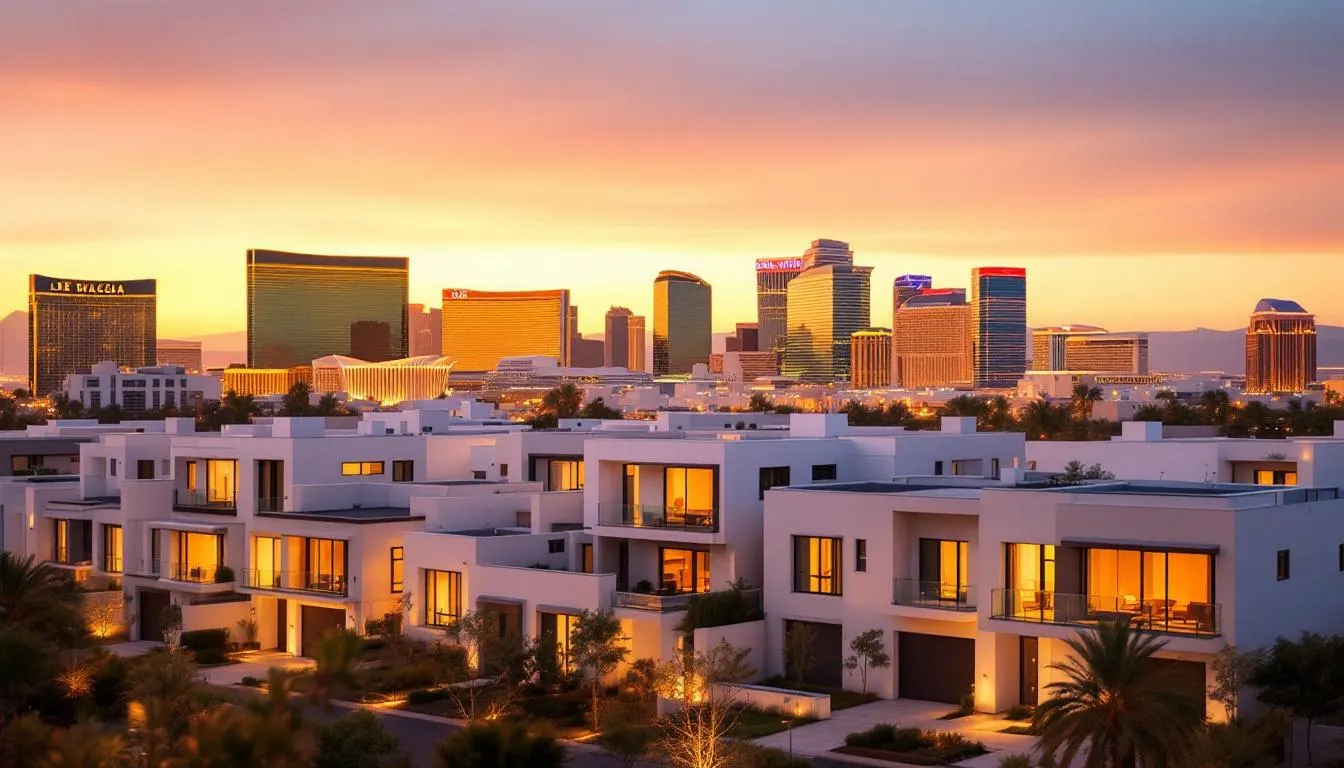
Las Vegas Housing Market Trends: Supply vs. Demand
The housing market in Las Vegas is still very competitive. The Greater Las Vegas Association of Realtors (GLVAR) says the average home price has gone up to $450,000. This is a 4.6% increase from the year before, as of early 2024.
Main reasons for this include:
- 📉 Not enough land available in areas already built up.
- 🔼 Many people moving into southern Nevada after the pandemic.
- 🛠️ Home building has slowed because labor and material costs are higher.
- 🧑💼 Investors are buying faster than local people can.
Many developers say they are doing good for the public by helping with housing shortages. And they may have a point. Las Vegas has one of the more limited housing markets in the Western U.S. But community groups say that just being affordable is not enough. The wish for many homes in one area needs to be weighed against costs to nature, services, and culture. This is especially true when such building moves into rural Las Vegas neighborhoods.

What Does This Mean for Local Buyers and Investors?
Local buyers and investors should watch closely at zoning maps and planned buildings. This is especially true in areas usually seen as stable or rural. As Steve Hawks advises: “Always research the future zoning within a mile of where you're buying. That’s the most important question.”
For real estate investors, this can be both good and bad:
- 🎯 Upside: A zoning change can make your investment more profitable if it allows more homes or units.
- 🚧 Downside: If many new homes get approved nearby without you agreeing, your quiet rural property could lose value. This can happen because of noise, crowding, or stress on services.
Buyers should also consider other important signs. How strong is the local homeowners association? Is there a history of the community fighting against major zoning changes? Homes in neighborhoods where people are involved often keep their value better over time. This is because of careful watching and speaking up.
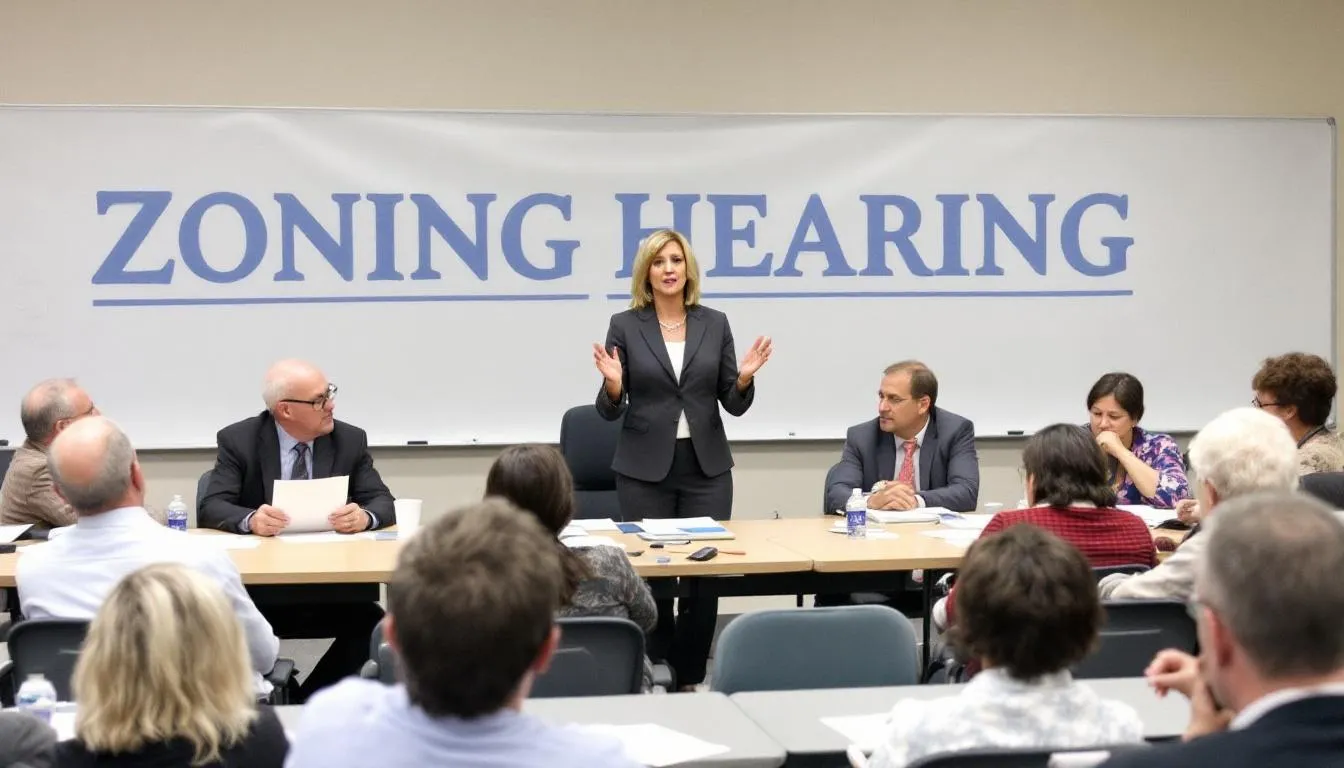
Public Voice: How to Protect Your Neighborhood
Many people feel powerless against big building plans. But there are ways for people to take action:
- 📝 Clark County’s Land Use and Zoning Portal lets anyone see current zoning rules and look at planned changes.
- 📍 The Clark County Planning Commission puts out dates for public meetings.
- 🗣️ Residents can send in official comments, speak in person, or work with local groups to tell people what's happening.
Community actions that have worked include:
- Joining with neighboring property owners.
- Using media attention to show what developers are doing.
- Talking to city planning experts to suggest different plans.
- Appealing when proper steps are missed.
Importantly, once a rezoning is approved, community options are fewer. Stopping or changing the building plan at that point often needs lawsuits or big changes to rules. The best time to act is during the first step of the application—before meeting dates are even scheduled.
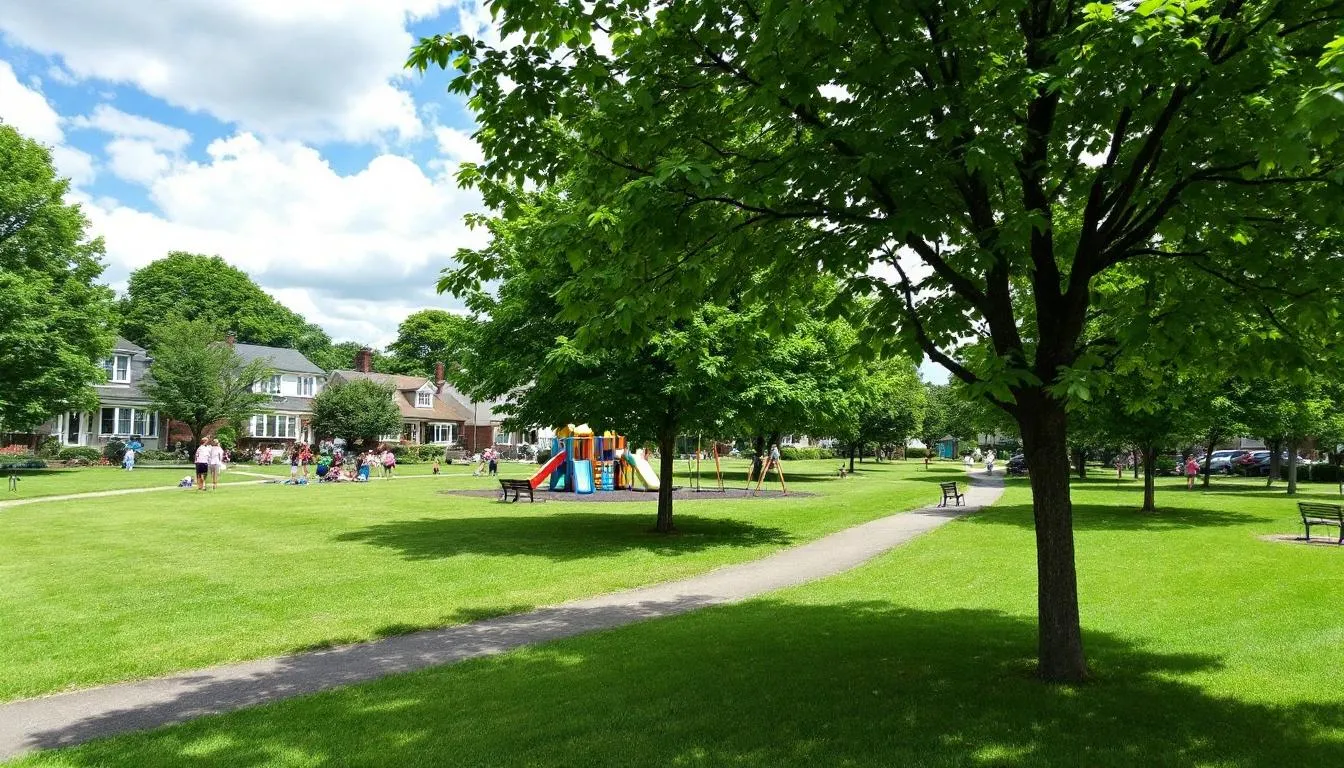
Finding Middle Ground: Smart Development Is Possible
Even with disagreements, growth does not have to harm community values. Smart building finds a balance. It mixes the need for more homes with good design and being open to the public. Some ways that have worked include:
- Gradual density zones: Slowly adding more homes as you move from rural to city areas. This makes the change easier on the eyes.
- Fitting new designs: Making sure new buildings look like existing homes (roofs, materials, fences).
- Green spaces: Required parks or trails set aside when building is approved.
- Services first: Making developers build roads, sewer systems, and school expansions before they start building homes.
Community-led building plans have appeared in areas like Summerlin and Henderson. There, growth is carefully weighed against what the neighborhood wants for its future. These should be examples for rural Las Vegas neighborhoods facing the same problems.
Can Rural Las Vegas Survive the Boom?
Las Vegas’s growth will happen. But what we don't know is how much of its rural past will last through the next wave of building homes and services. The Monte Cristo project may be one of many that change the valley's borders for many years to come.
As Steve Hawks reminds us, “Growth isn’t bad. But it has to respect the people who built their lives around what these communities used to be.” For those who care about the future of Las Vegas—whether as homeowners, city planners, or investors—the real question is not if we grow, but how we grow in a way that lasts.
Citations
Greater Las Vegas Association of Realtors. (2024). Median home prices rise to $450,000, marking a 4.6% annual increase.
Clark County, Nevada. Land Use and Zoning Map Portal.
Clark County Planning Commission. Public comments and hearings on proposed subdivision at Russell Rd and Monte Cristo Way (2024).

